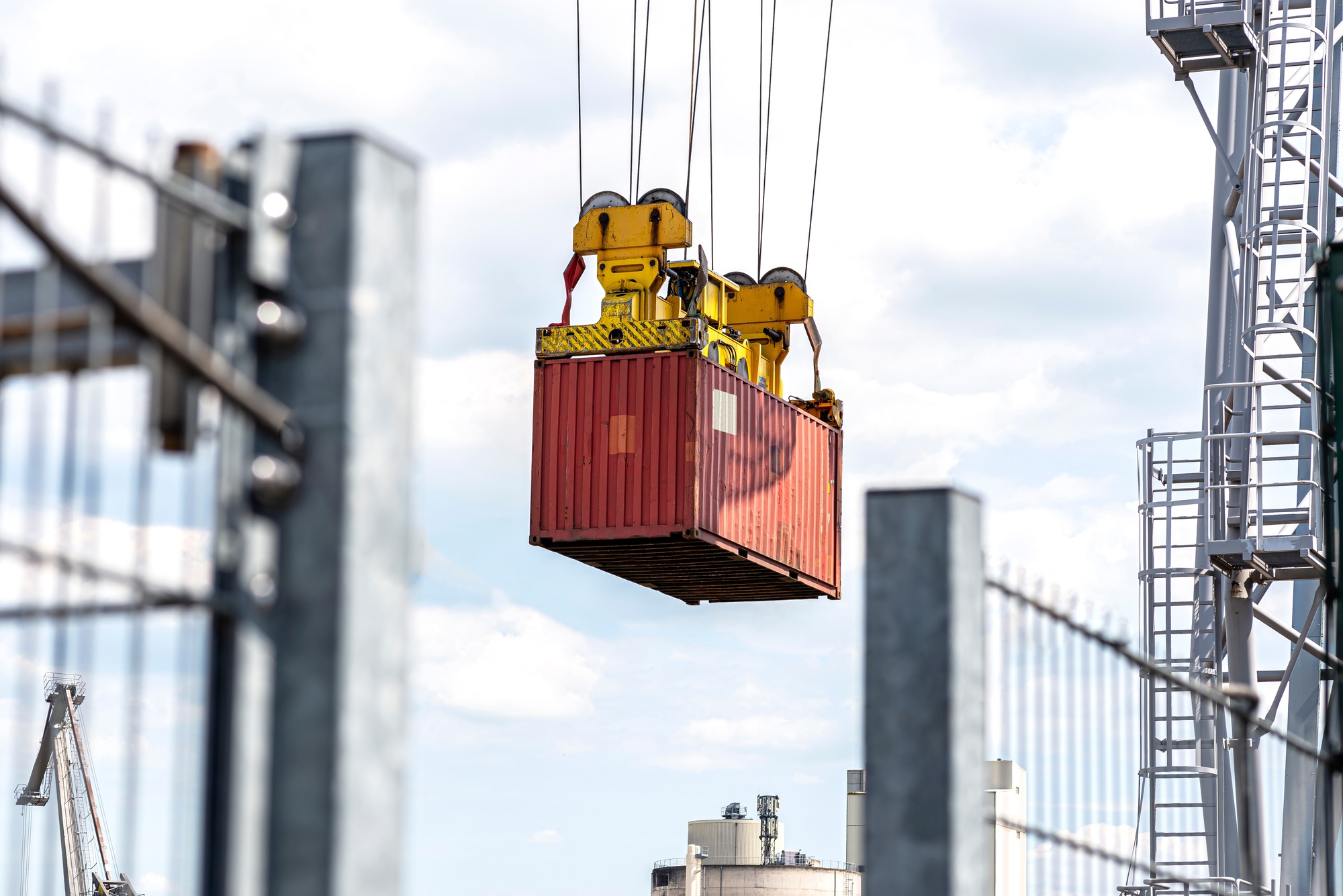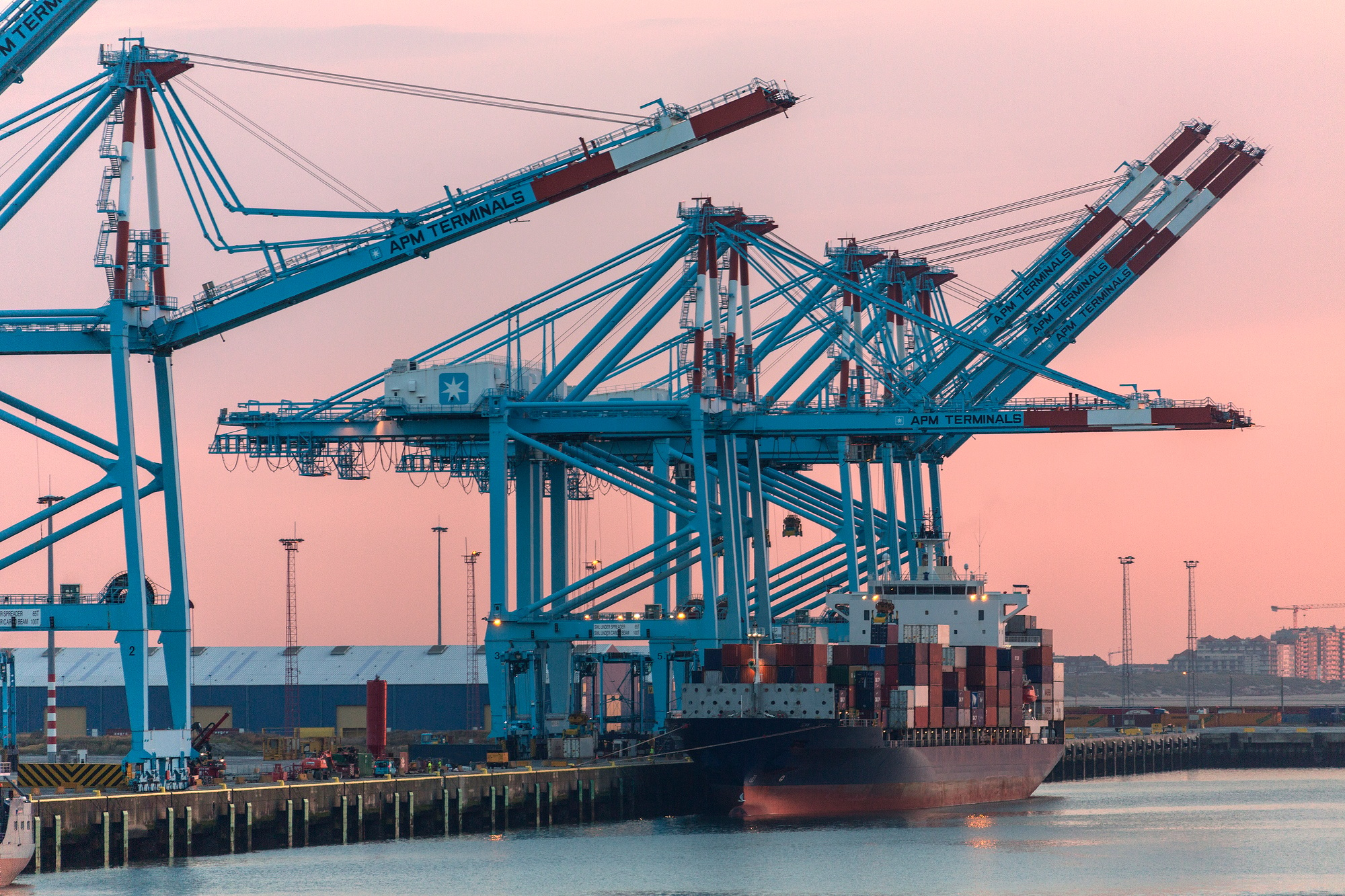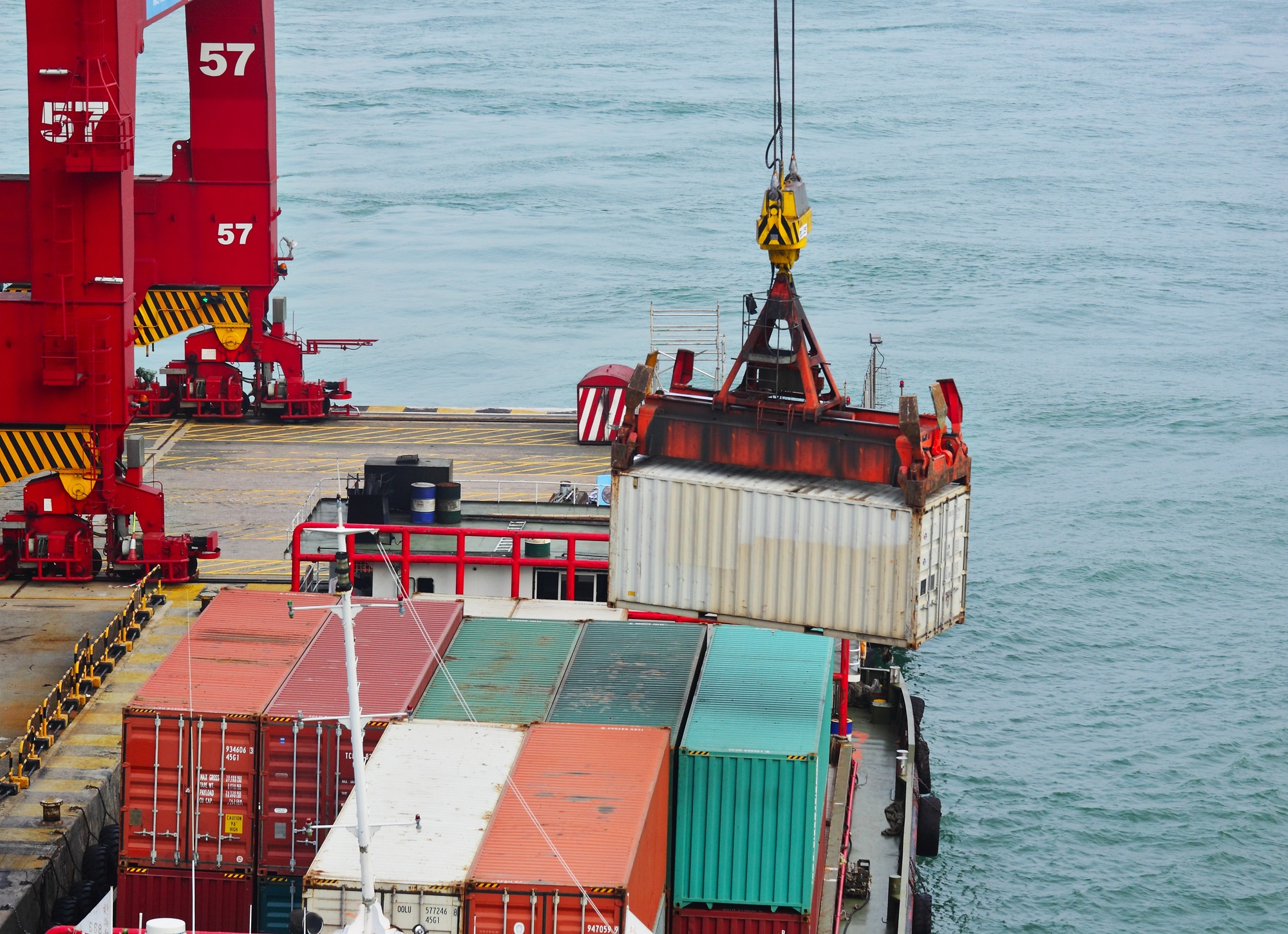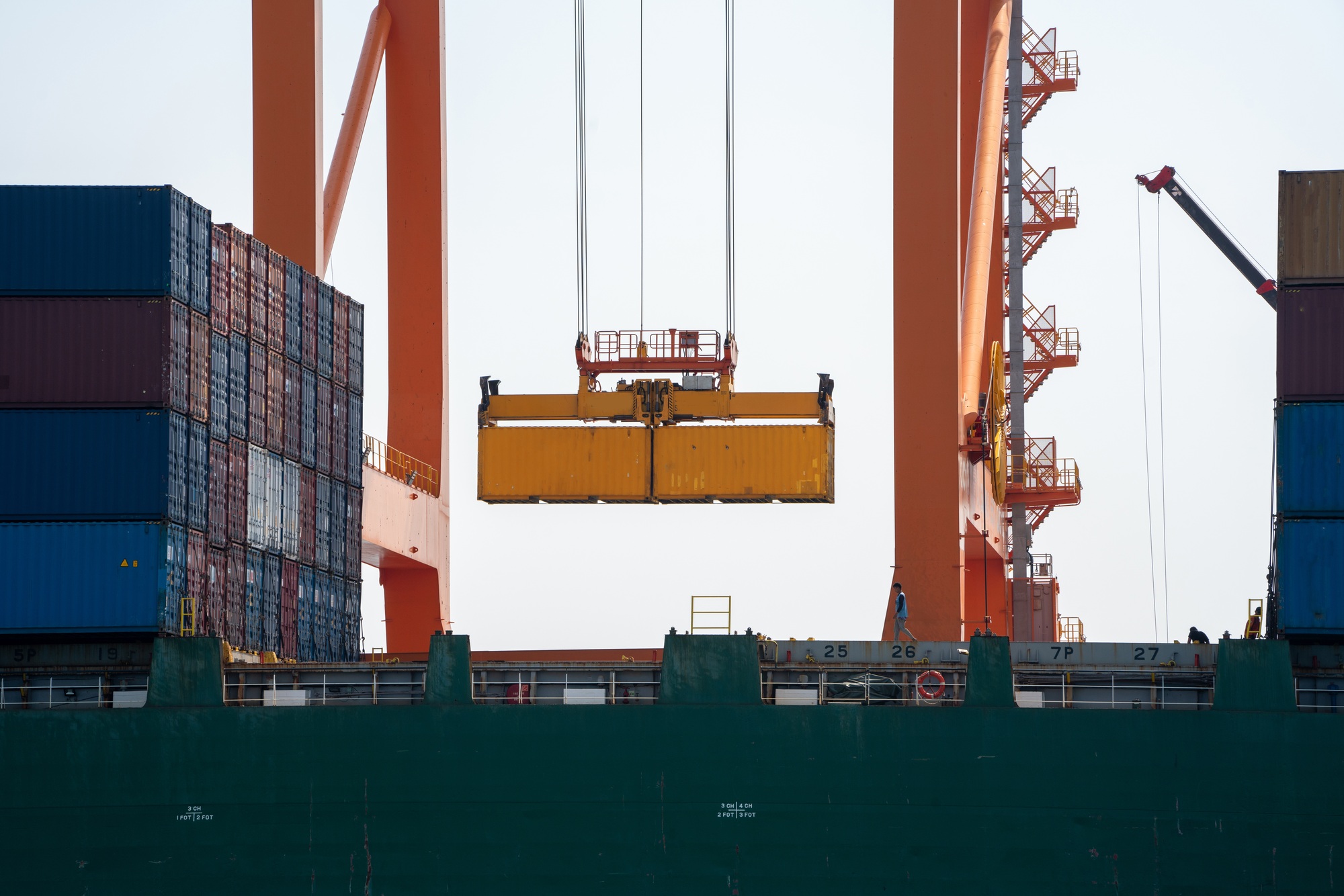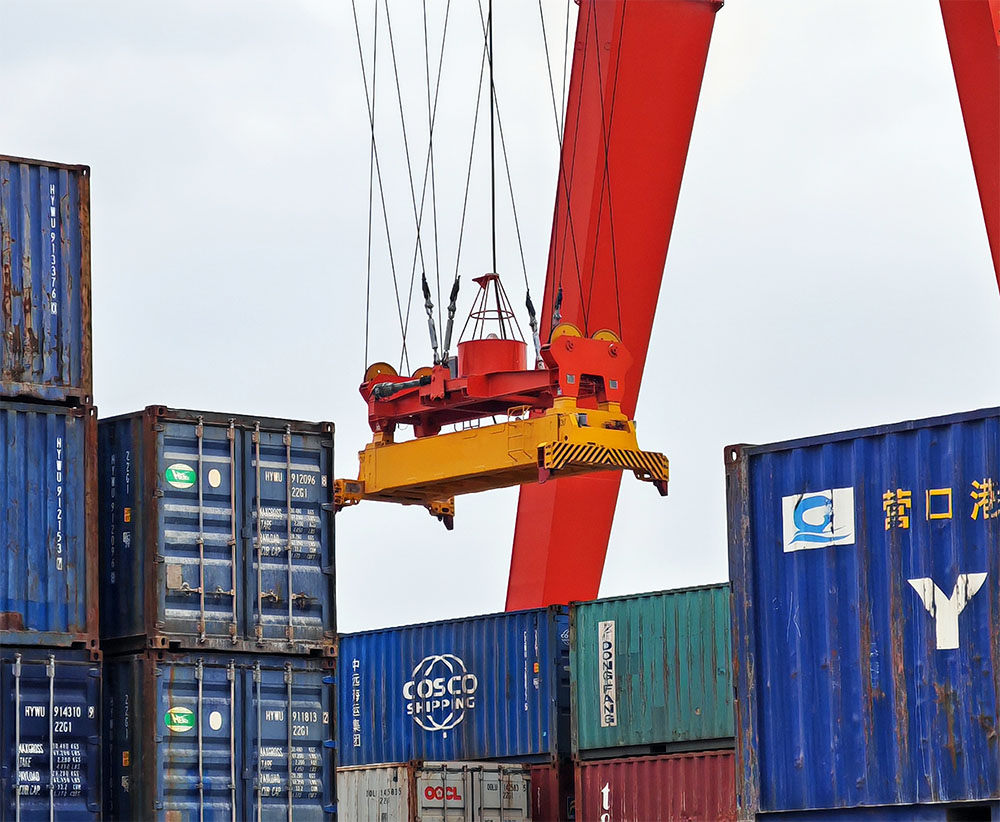
Global port operators lose $2.3 billion annually due to preventable container spreader failures. With 68% of equipment downtime traced to maintenance errors, avoiding these mistakes isn’t just about compliance – it’s a profitability imperative. This guide exposes the most damaging oversights in spreader upkeep, backed by terminal engineering reports and ISO-certified maintenance protocols.
1. Ignoring Twist Lock Wear Limits
The Silent Killer of Container Security
Twist locks endure 12-15 tons of shear force per lift, yet 43% of maintenance teams fail to measure deformation systematically.
Critical Thresholds:
- Maximum Deformation: 3mm (ISO 3874:2023 standard)
- Replacement Triggers:
- Cracked casting surfaces
- Corrosion exceeding 30% of surface area
- Sticking mechanisms during engagement tests
Real-World Consequences:
- Singapore Port (2023): 11-container stack collapse due to 4.2mm-worn twist locks
- Insurance Impact: 22% premium hikes for terminals with repeat twist lock failures
Pro Solution:
Implement predictive replacement schedules using:
- 3D laser scanning (0.1mm accuracy)
- Ultrasonic thickness gauging
- Monthly lubrication cycles with Mobilith SHC 220 grease

2. Overlooking Hydraulic Fluid Contamination
The $180,000 Lesson in Fluid Management
Hydraulic failures account for 57% of spreader repair costs. Contaminated fluid accelerates component wear by 8x.
Contamination Red Flags:
- Particle counts exceeding ISO 4406 18/16/13 thresholds
- Water content > 0.1% volume
- Acid number (AN) increase ≥ 0.3 from baseline
Case Study:
A Hamburg terminal reduced hydraulic replacements 73% by:
- Installing beta-rated 1,000 filters
- Implementing real-time moisture sensors
- Switching to synthetic ester-based fluids
Maintenance Hack:
Use patch test kits during daily inspections – detects 15µm+ particles instantly.
3. Neglecting Load Sensor Calibration
When “Close Enough” Becomes Catastrophic
Uncalibrated sensors caused 31% of overload incidents in 2023. The margin for error? Just ±1.5% deviation.
Calibration Protocol:
- Frequency:
- Monthly: Field verification with test weights
- Annually: NIST-traceable lab calibration
- Critical Checks:
- Zero-point stability
- Linear response across 25-100% capacity
- Temperature compensation (-20°C to 65°C)
Tech Advancements:
2024-ready solutions like StrainSense 9X provide:
- Automatic drift compensation
- Wireless calibration validation
- Blockchain-backed audit trails

4. Disregarding Structural Fatigue
The Invisible Threat in Steel Beams
Spreaders undergo 50,000+ stress cycles annually. Undetected microfractures can trigger sudden failures.
Inspection Priorities:
| Method | Detection Capability | Frequency |
|---|---|---|
| Magnetic Particle | Surface cracks (>0.5mm) | Biannual |
| Phased Array UT | Subsurface flaws (>2mm) | Annual |
| Drone Thermography | Stress concentration zones | Quarterly |
Preventive Action:
Rotterdam Port’s AI-based fatigue modeling predicts failure risks 8 months in advance by analyzing:
- Lift cycle patterns
- Corrosion rate data
- Historical repair logs
5. Skipping Software Updates
When Legacy Systems Become Liability
Outdated control software caused 14% of 2023 spreader malfunctions, including catastrophic free-fall incidents.
Update Imperatives:
- Safety Firmware: Mandatory patches for:
- Anti-collision algorithms
- Emergency descent protocols
- Performance Upgrades:
- Energy-saving motor controls
- Predictive maintenance integration
Compliance Checklist:
- Verify IEC 61508 SIL 2 certification for all updates
- Maintain air-gapped backup controllers during upgrades
- Document version changes per EN 13001-3-4
6.The Ripple Effect: How Proper Maintenance Impacts Operations
Terminal KPIs Improved:
- 23% faster container moves
- 41% reduction in unscheduled downtime
- 17% lower equipment replacement costs
Emerging Tech ROI:
- Digital Twins: 89% predictive accuracy for component failures
- AI Fluid Analysis: 6-hour contamination alerts vs. traditional 72-hour lab tests

7.Maintenance Excellence Roadmap
- Adopt ISO 23814:2023 lifecycle management standards
- Train technicians on ASTM E2918 crack inspection methods
- Implement IIoT sensor networks for real-time health monitoring
Free Resource:
Download our Container Spreader Maintenance Interval Calculator – automatically generates inspection schedules based on your equipment model and workload.
8.FAQ: Expert Answers to Pressing Questions
Q: How often should spreader wire ropes be replaced?
A: Per ISO 4309:2017 – 6% diameter reduction or 3 visible broken strands.
Q: Can we retrofit older spreaders with smart sensors?
A: Yes – solutions like Konecranes TRUCONNECT enable retrofits with 92% data accuracy.
Q: What’s the #1 overlooked lubrication point?
A: Pivot bearings – 78% of surveyed terminals under-lubricate these high-wear components.

9.Final Word: Maintenance as Competitive Advantage
With global container volumes projected to hit 45 million TEU monthly by 2025, spreader reliability separates market leaders from underperformers. By avoiding these five critical errors, terminals can achieve:
- 14% higher equipment availability
- $280,000 annual savings per spreader
- Zero catastrophic failure incidents
Act Now: Contact Us
- Book a Free Maintenance Audit with Certified Lifting Engineers
- Watch: “Twist Lock Failure Autopsy” Video Case Study

